I love protea but live in Pa
murphy357
16 years ago
Related Stories

WINTER GARDENING6 Reasons I’m Not Looking Forward to Spring
Not kicking up your heels anticipating rushes of spring color and garden catalogs? You’re not alone
Full Story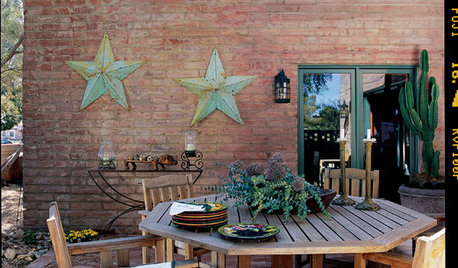

LIFEThe Beautiful Thing About Dad's Chair
My father had his own spot in the house. His father had his own spot. Now I have mine
Full Story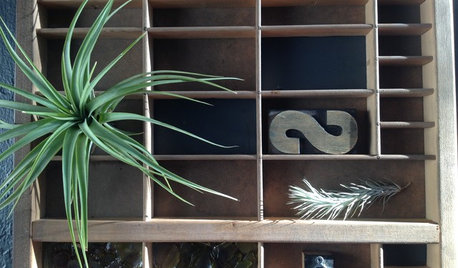
DIY PROJECTSReinvent It: Grow a Mini Vertical Garden in Printing Press Drawers
Make a living wall composition from vintage finds and greenery, for an artful indoor garden
Full Story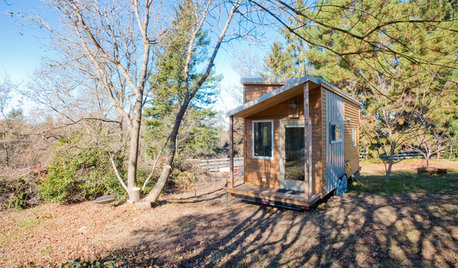
SMALL HOMESHouzz Tour: Rolling With Simplicity in a Tiny House on Wheels
Just 240 square feet, this California home encourages efficient living — but there’s still room for yoga
Full Story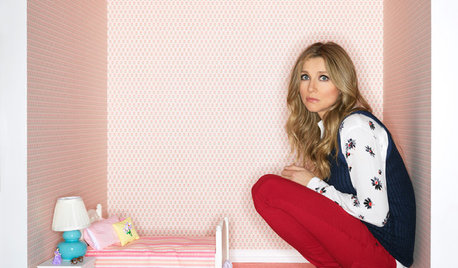
LIFETell Us: Do You Know How to Live With Your Parents?
If you've tried multigenerational living under one roof, we'd love to hear the details
Full Story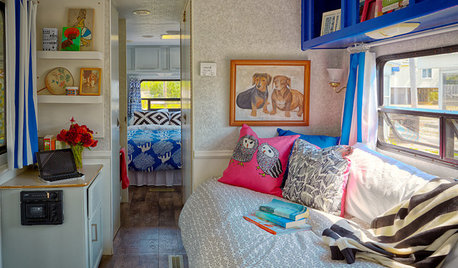
MOST POPULARBudget Beach House: A Trailer Gets Ready for Summer Fun
Punchy prints and colors star in a creative approach to Jersey Shore living
Full Story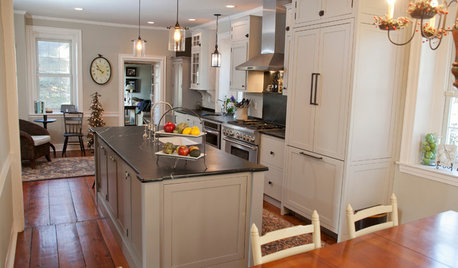
KITCHEN DESIGNNew and Old Mix It Up in a Historic Farmhouse Kitchen
A couple rethink the kitchen in their Pennsylvania farmhouse to restore authenticity while also creating a space for modern living
Full Story
MOST POPULAR9 Reasons to Buy a Painting
No print or poster can rival the power of an original painting, chosen by you, for where you live
Full StorySponsored






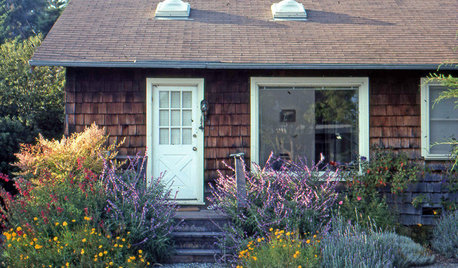
bahia
JudyWWW
Related Professionals
Montgomeryville Landscape Architects & Landscape Designers · Saint Matthews Landscape Architects & Landscape Designers · Alpharetta Landscape Contractors · Apollo Beach Landscape Contractors · Bedford Heights Landscape Contractors · Hurricane Landscape Contractors · Indianapolis Landscape Contractors · Morrisville Landscape Contractors · Oakland Landscape Contractors · Smyrna Landscape Contractors · Goldenrod Landscape Contractors · Bartlesville General Contractors · North Highlands General Contractors · San Bruno General Contractors · San Elizario General Contractorsdavidrt28 (zone 7)
JudyWWW